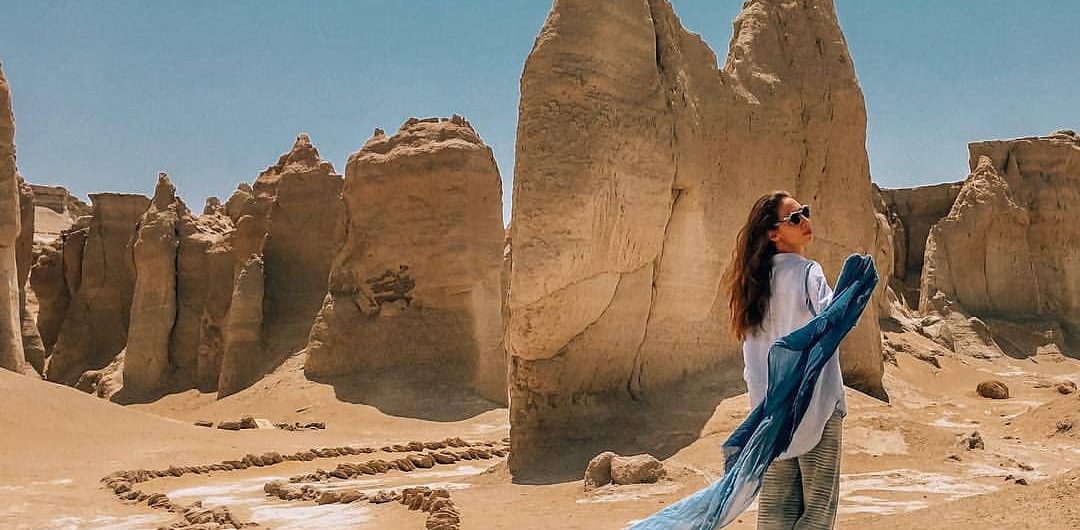Qeshm is the largest island in Hormozgan and has amazing nature. Qeshm, the island of water and the sun and its soil is like a rainbow full of color. That is why its nature is considered one of the Seven Wonders.
The Valley of Stars is a very beautiful natural occurrence in Qeshm that is believed to be shaped by the falling stars on the ground. The features and sightseeing of the Valley of Star made it a part of the UNESCO World Heritage Site as part of the Qeshm Island GeoPark. Qeshm Geo Park with its beautiful natural and historical monuments, is the only Middle East Geo Park. The Valley of Stars and Chahkooh Canyon are amazing phenomena of erosion of sedimentary rocks. The Valley of Stars is one of the most visited places in Qeshm and similar geological forms can only be found in the US.
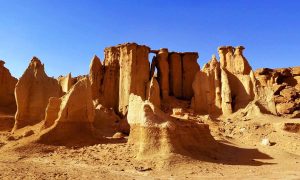
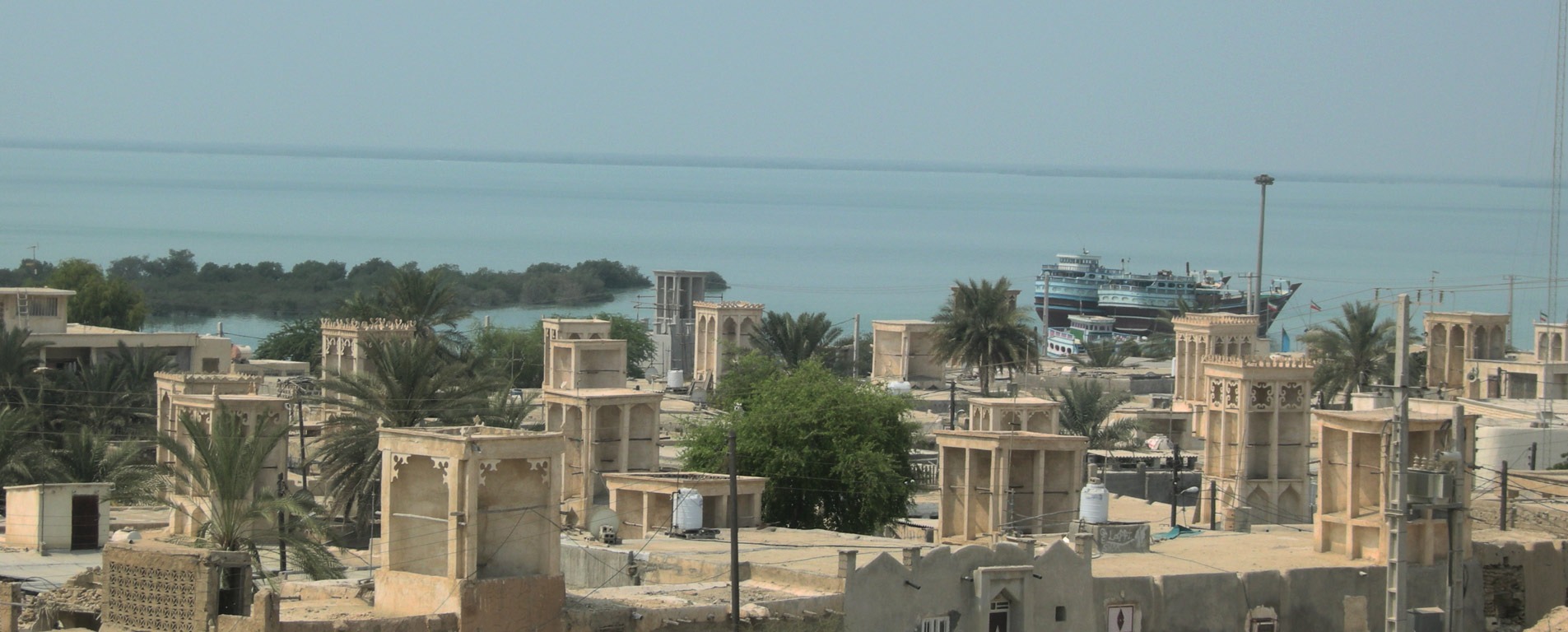
Laft is one of the villages in the central part of Qeshm city in Hormozgan province in southern Iran. Laft is one of the villages in the central part of Qeshm city in Hormozgan province in southern Iran. This historic harbor boasts many sights on the island of Qeshm and the particular architecture of its homes is of great interest. You can see a combination of desert, gulf, and Islamic architecture that has emerged with a certain beauty. On the roofs of houses in this area you will find ventilator that are larger on each side of ventilator, indicating greater wealth for the homeowner. In Port Laft you can see a combination of architectural art and unique blue structures that will surely amaze you.
Mangrove is a forest in southern Iran that is different in appearance and formed in saltwater. The trees in this forest make the sea saltwater sweet for themselves, and that is the key to their sustainability. Evergreen mangrove trees act as a natural and godly desalination plant, absorbing seawater and excreting salt. Evergreen mangrove trees act as a natural and godly desalination plant, absorbing seawater and excreting salt. Of the 40,000 hectares of forests in the world, only 15 million hectares are mangrove forests, 22,000 hectares in Iran. Mangrove is found in two protected areas of Iran, off the coast of the Persian Gulf and the Oman Sea and is found in many parts of southern Iran in the provinces of Hormozgan, Bushehr, Sistan and Baluchistan. The best mangrove species in the Qeshm area in terms of height growth and thickness is found between the port and the port of Khamir. It is visible in the marshes and wetlands of the northwest of Qeshm Island within 60 km of Qeshm. This forest stretches from the port of Laft to the village of Tabl in a 50 to 500 m width and covers an area of 150 km and the most beautiful part is in the triangle of Laft Port, Gorzine Gas District and Koran Village. Small and large islands also form in the water and contain beautiful and amazing mangrove forests, among which the islands of Zomorod, Negin and Morvarid are more extensive than other islands in the mangrove area
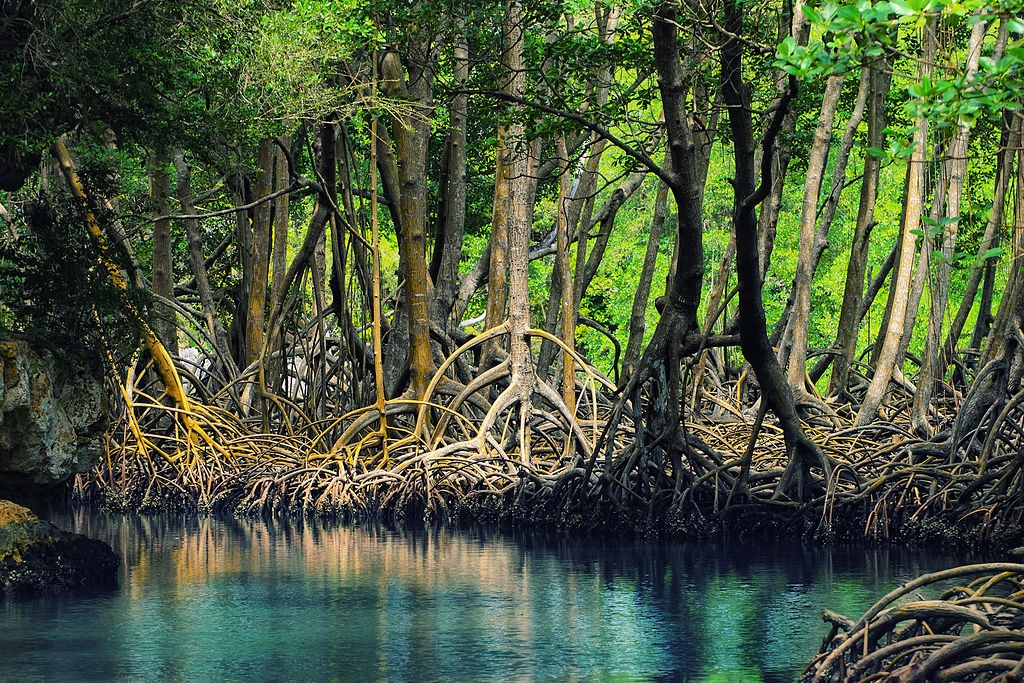
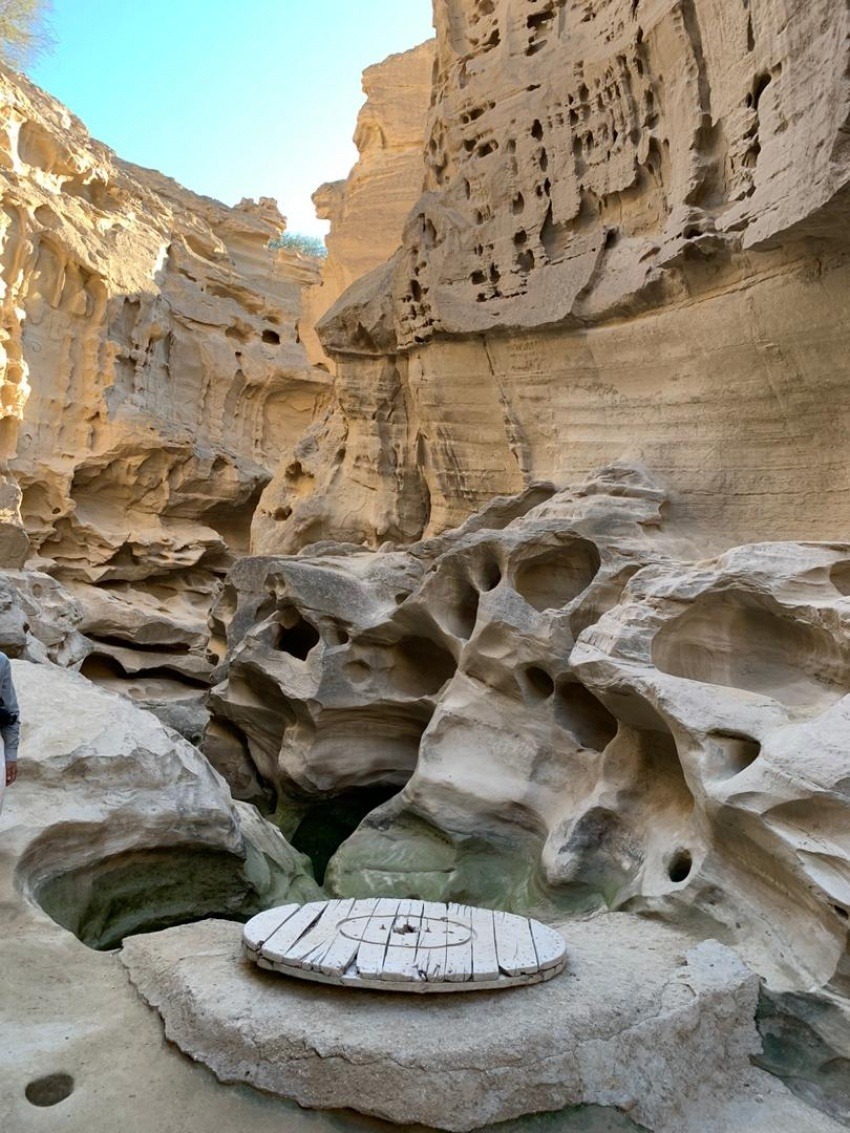
Chahkouh Canyon is one of the strangest attractions of Qeshm Geopark, located 70 kilometers from Qeshm, with walls up to 100 meters high that makes a quiet and illuminating atmosphere.This relaxation while walking for people living in crowded and busy cities is a great feeling. The gorges and grooves of this canyon have been created by rainwater, wind and flooding and soil erosion that have created very beautiful geometric shapes. At the beginning of the canyon, four wells and drilling canals were drilled so that the inhabitants could have access to fresh water in that hot and dry area, making these ancient wells much more visible and a good host for animal species. Because the bottom of the canyon becomes flooded after each rainfall, locals have drilled a well in the bottom of the canyon and have chosen the name Chahkuh for the canyon. Chahkouh is at the beginning of a wide path with long walls, but as we enter it the width decreases and sometimes the distance between the two walls reaches half a meter, so to access some parts of it you will need a series of stone climbing skills.
Tandis-ha Valley Statues Valley is another site of Qeshm geopark, covered with mud cracks. Mud cracking is a sedimentary structure that is dealt with in sediment logical discussions. This place was once connected to the roof of Qeshm. The gradual rise of the island has led to a recession and an extension of the land area, now known as the Tandis-ha Valley, and is one of the areas that have suffered extensive coastal erosion and extensive destruction after coming out of the water. The valley is carved out of stone by the erosion of sculptures that create a beautiful landscape.
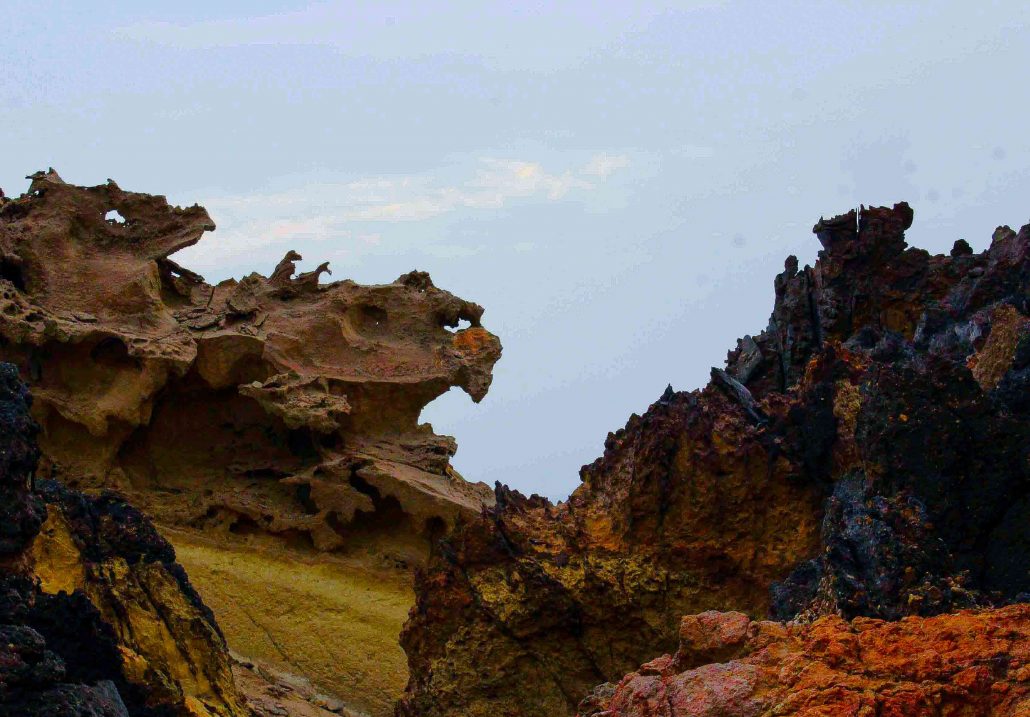
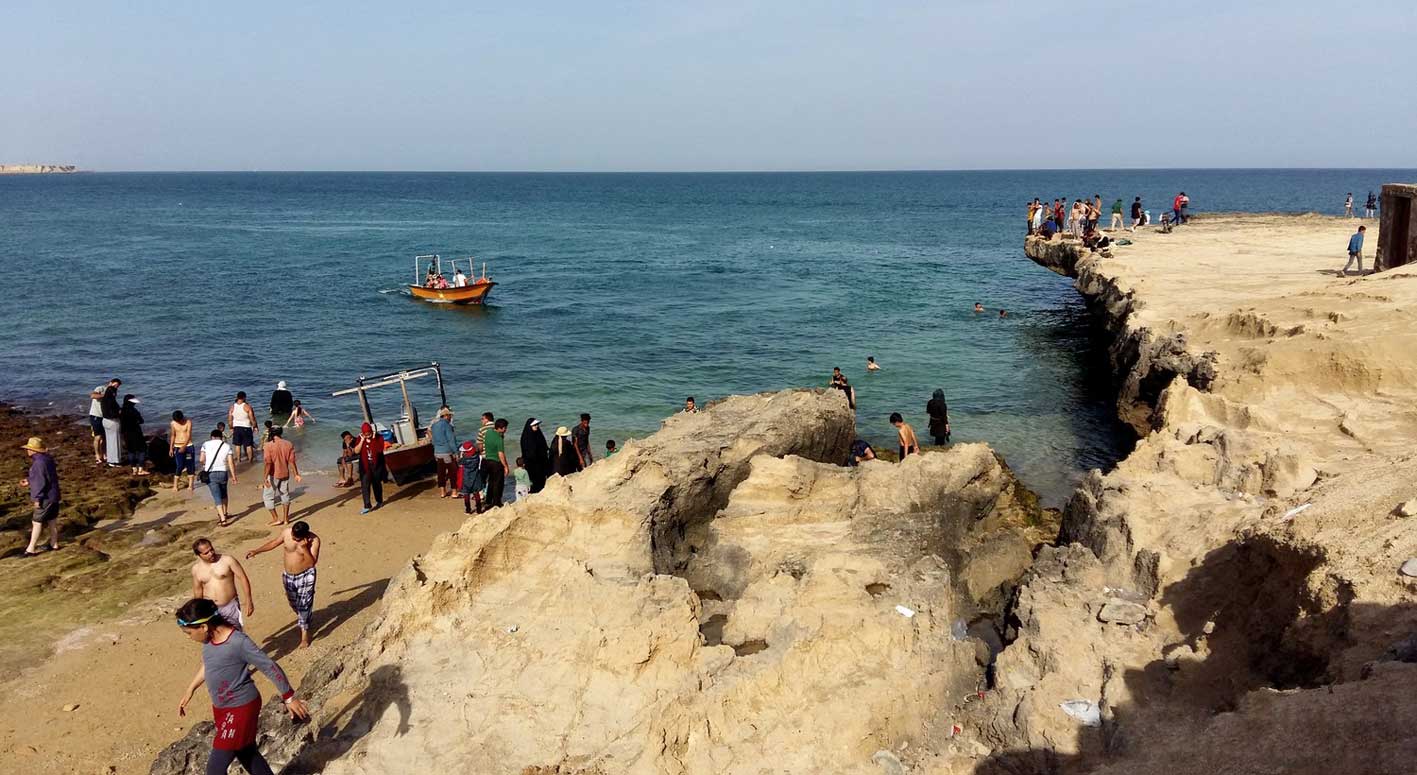
Naaz islands are located near the eastern coast of Qeshm Island and are about one kilometer from the beach. The islands are about three hectares in size and surrounded by rock walls about 5 to 10 meters high. The islands do not have a sandy beach. The islands are completely flat and with a tide of water, they connect the islands to the island of Qeshm for a short time. Locals also call these two islands “Do Kardah”, where half a day is in the water and the other half is connected to land. When the sea level is high, the two islands can only be seen off the coast, but when the water level drops, a relatively narrow path opens up to the two islands which can be reached on foot.
Hengam Island is one of the islands of the Persian Gulf with small settlements of about 50 square kilometers south of Qeshm Island in Hormozgan province. Island dolphins are one of the most beautiful tourist attractions on the island. The dolphins had to get out of the water early in the morning when the water was cold, so they had to wake up at 8 am to watch the playful and funny dolphin’s muzzles. These dolphins have been visiting the island until May. Hengam has three villages: Old Hengam, New Hengam and Ghil. They are connected with each other. Old Hengam is uninhibited and only two families live in Ghil village. The new village is a 750-person village.
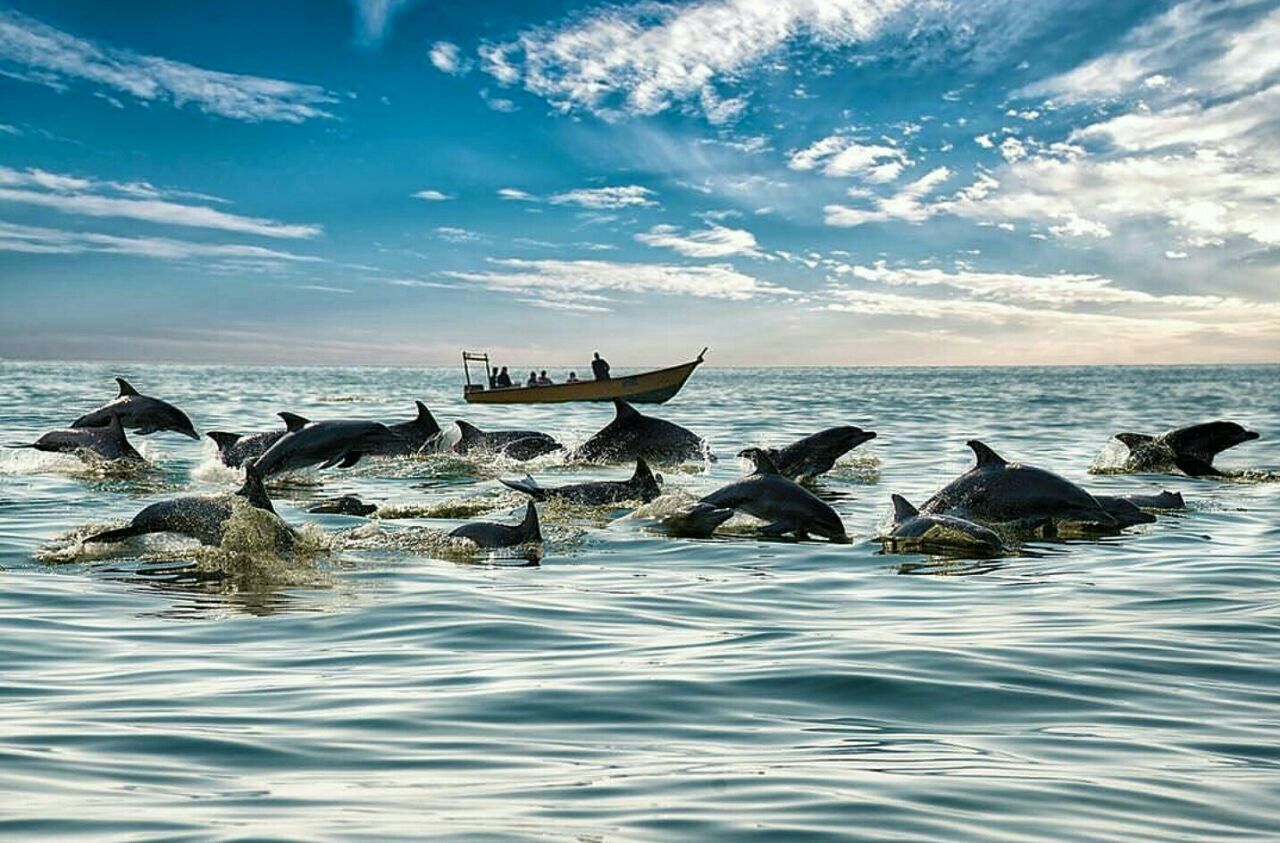
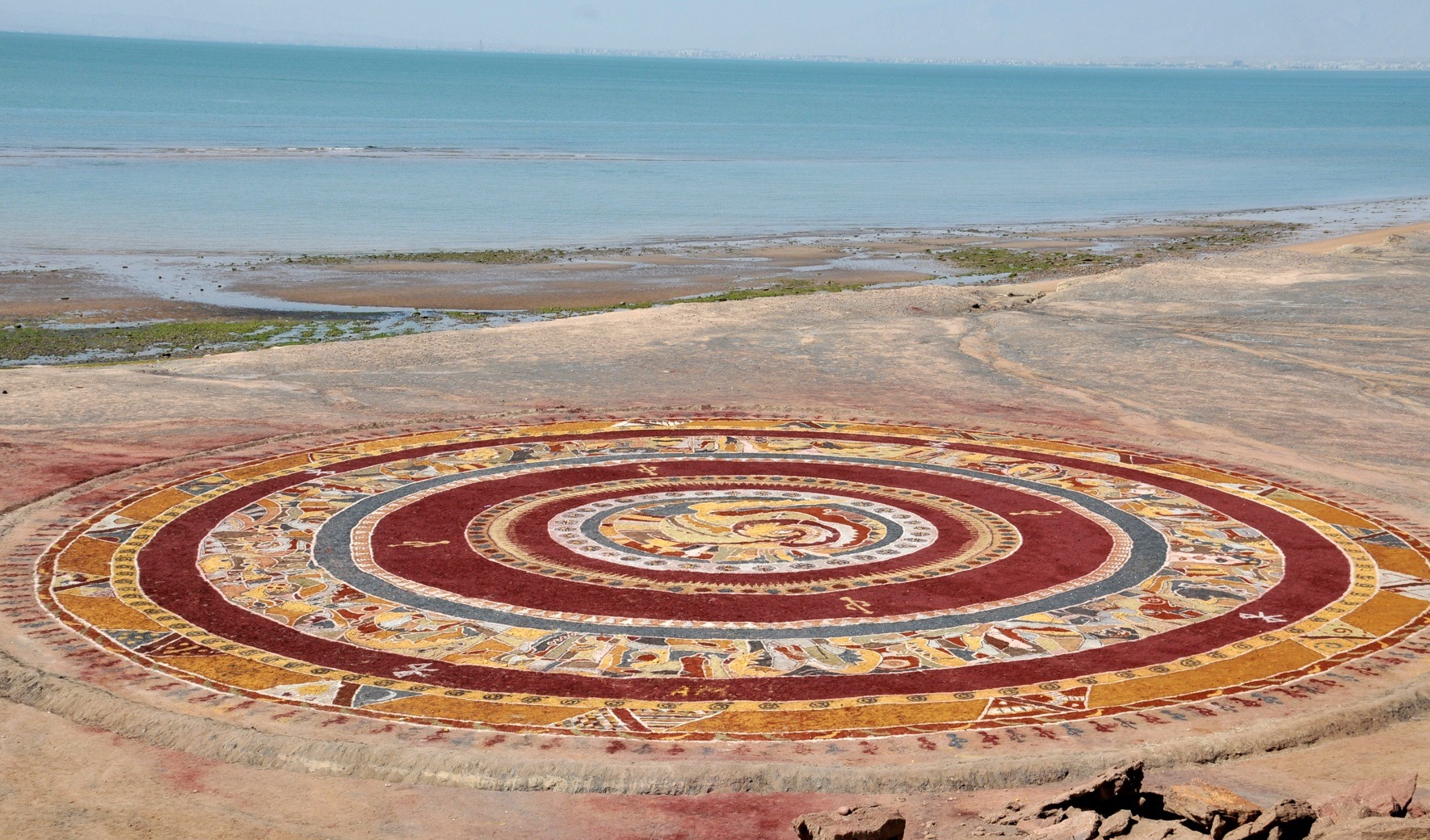
The island of Hormuz is called the small island of the Persian Gulf. The island is a place full of different colors with water. Hormuz Island is an island of colors and wonders that has sprung from the sea. The soil of Hormuz can be seen in seventy colors. Hormuz is an oval-shaped, dome-shaped island in the Persian Gulf, 16 kilometers from Bandar Abbas. The island is known as the key to the Persian Gulf because of its geographical location and its proximity to the Strait of Hormuz. It is the position that has made it so important strategically and commercially throughout history.
The Salt Cave (Namakdan Cave) of Qeshm Island is one of the most beautiful natural attractions in Hormozgan which has a collection of unique beauties. Inside the cave, especially deep down, there is insufficient light and a flashlight is needed to see the crystalline salt stalactites. The salt cave roof is covered with marble and crystalline candlesticks in various shapes and gives an exquisite look. Try to travel with someone who is familiar with the cave to know its path and well. The cave is known as the world’s longest salt cave. It dates back to 570 million years ago.
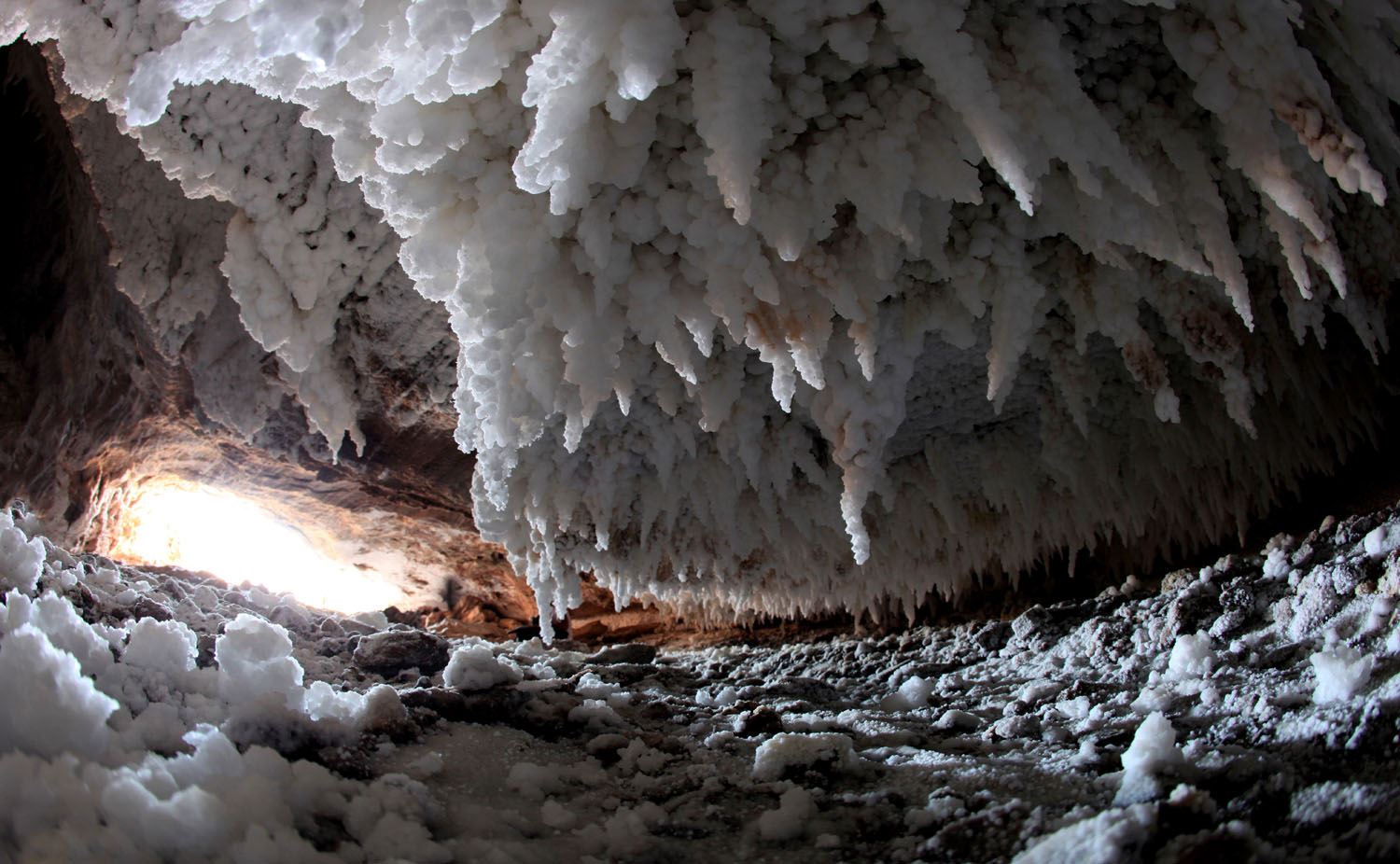

The Portuguese fortress of Hormuz, located on the north side of the island and off the coast, is the most important remaining castle since the days of Portuguese domination of the coasts and islands of the Persian Gulf. The fort was built in 1507 by the Portuguese sailor Alfonso Albrecherque in a place called Morena. The fort’s facilities include weapons depots, water storage and rooms with crescent ceilings. At the time of King Abbas who ended the Portuguese colonization in Iran, the castle was conquered by Imam Ghul Khan, one of Shah Abbas’s commanders. The Portuguese castle of Hormuz includes weapons depots, large warehouses, barracks, prisons, churches, command headquarters and halls. The church of some of these castles has two rows of circular-shaped stone columns with beautiful arches made of coral stone.

